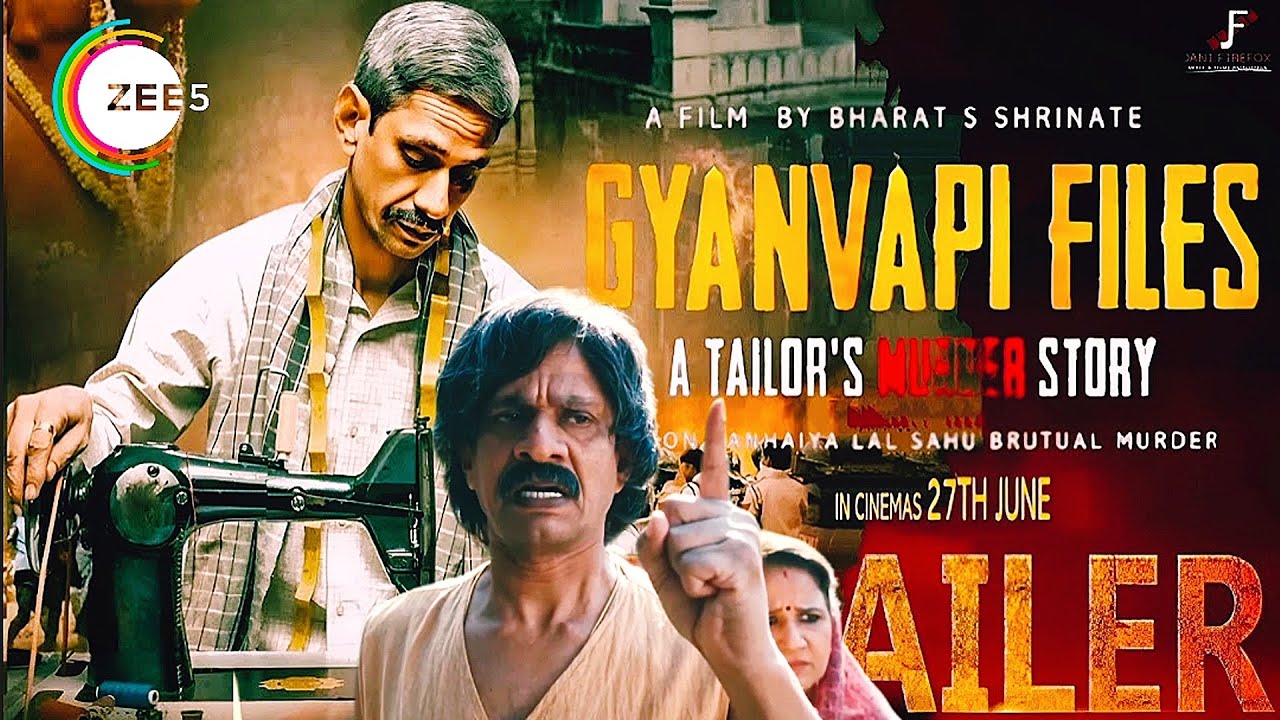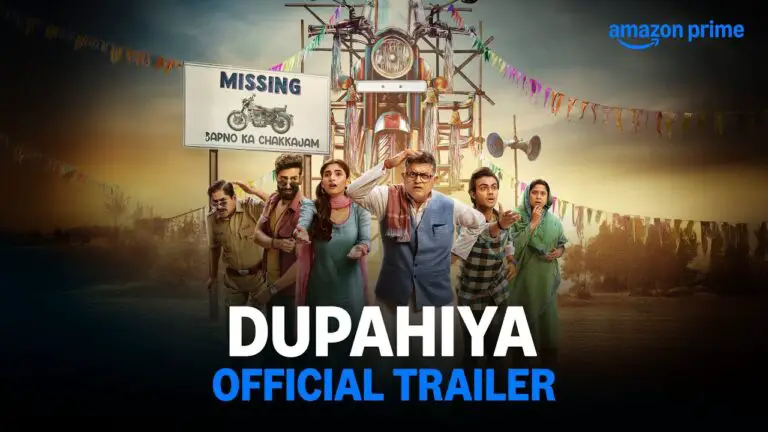Gyanvapi Files Movie 2025 Bapamtv Review Details
Gyanvapi Files: A Tailor’s Murder Story (2025) — Directorial Vision and Analysis
Gyanvapi Files takes a stark, unflinching look at a real-life crime that shook India, guided by Bharat S Shrinate’s sober directorial hand.
The film blends crime investigation, courtroom drama and intimate family tragedy to examine communal tension and its consequences.
Overview of the Director’s Approach
Bharat S Shrinate opts for a restrained, documentary-tinged style, favouring observational frames over melodrama.
This approach keeps the film anchored in the factual core of the Kanhaiya Lal case while allowing emotional moments to breathe.
Key Directorial Choices
Shrinate chooses close-ups and muted palettes, letting actors’ expressions carry the moral weight rather than heavy-handed exposition.
The pacing is deliberate; scenes alternate between brisk procedural segments and quiet scenes of private grief.
Impact of Narrative Structure
The screenplay sequences events chronologically with occasional jumps to media coverage, establishing context without sensationalism.
This structural clarity strengthens the film’s message about accountability and social fragmentation.
Balancing Fact and Drama
Shrinate makes a conscious move to stay close to documented events, avoiding fictional detours that could distract from the core tragedy.
The result is a film that reads like a reconstruction—respectful in tone but urgent in impact.
Performance Direction
Vijay Raaz’s central performance is the film’s emotional fulcrum, and Shrinate gives him room to inhabit the tailor’s grief with subtlety.
Supporting actors are directed to underplay, which keeps the focus on human consequence rather than spectacle.
Visual Language and Cinematography
Working with Vasantha Kumar A and Mukesh G., Shrinate favors a muted color scheme and handheld intimacy to reinforce realism.
These visual choices complement the director’s aim: to present events plainly, so the audience can form moral judgments.
Sound and Silence as Tools
Without a prominent soundtrack, ambient sound and silence become expressive devices that Shrinate uses to heighten tension.
Moments of quiet are often more chilling than any dramatic score, reflecting the director’s restrained sensibility.
Dialogues and Screenplay
The screenplay keeps dialogue functional and unornamented, preferring naturalistic speech to rhetorical flourishes.
This choice supports character authenticity and allows performances to reveal inner turmoil rather than telling it.
Director’s Thematic Focus
Shrinate repeatedly returns to themes of justice, communal polarization and the ripple effects of a single violent act.
His focus is less on verdicts and more on the human fallout—family, community trust and institutional response.
Influences and Inspirations
The film shows traces of forensic-documentary cinema and socially conscious Indian dramas that prioritize realism over spectacle.
Shrinate appears influenced by films that treat recent events with investigative rigor and ethical restraint.
Comparison to the Director’s Previous Style
Compared with any earlier commercial-leaning work, Gyanvapi Files marks Shrinate’s push toward a harder-edged, issue-driven cinema.
The film consolidates a maturing voice that values factual accuracy and moral inquiry over box-office compromise.
Signature Elements in This Film
Shrinate’s signature here is his quiet insistence on dignity—both in framing victims and in avoiding sensational visuals.
He treats sensitive material with a journalist’s eye and a dramatist’s empathy, a balancing act the film largely achieves.
Limitations and Critiques
At times the film’s commitment to factual reconstruction can feel didactic, leaving less room for ambiguous interpretation.
Some viewers may find the narrative lacking in subtlety, preferring a more layered moral exploration.
Broader Cultural Impact
Gyanvapi Files contributes to national conversations about freedom of expression, communal harmony and legal accountability.
Shrinate’s film functions as both cinematic record and social prompt, inviting debate rather than dictating conclusions.
Final Assessment of Directorial Vision
Bharat S Shrinate’s direction is careful, earnest and restrained—qualities that give the film moral weight and documentary credibility.
For viewers seeking a thoughtful cinematic interrogation of a recent tragedy, the director’s steady hand makes the film worthwhile.
Summary Table: Core Production & Cast
| Role | Name(s) |
|---|---|
| Director | Bharat S Shrinate |
| Writer(s) | Amit Jani, Bharat Singh, Jayant Sinha |
| Producer | Amit Jani, Nikunj Aggarwal |
| Cinematographer | Vasantha Kumar A, Mukesh G. |
| Main Cast | Vijay Raaz, Preeti Jhangiani, Mushtaq Khan, Kamlesh Sawant, Kanchi Singh |
| Runtime | 2 hours 5 minutes |
| Release Date | June 27, 2025 |
Star Rating
Star Rating: 3.8 / 5
Disclaimer: Rating may vary based on personal and critical perspectives.
FAQs
Question 1
What is the main focus of Gyanvapi Files?
Answer 1
The film focuses on the real-life murder of Kanhaiya Lal, exploring its social, political, and emotional consequences.
Question 2
How does the director’s style influence the storytelling?
Answer 2
Bharat S Shrinate’s restrained and factual approach enhances realism, allowing the audience to engage deeply with the narrative.
Question 3
Is the film suitable for viewers sensitive to real-life violence?
Answer 3
While the film avoids graphic sensationalism, its subject matter is intense and emotionally charged, requiring viewer discretion.







